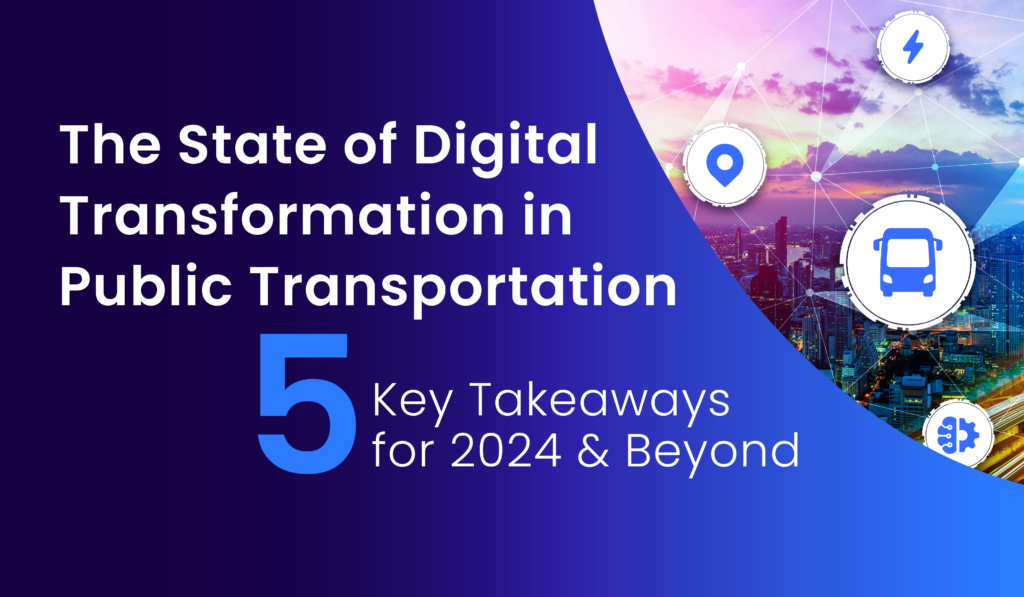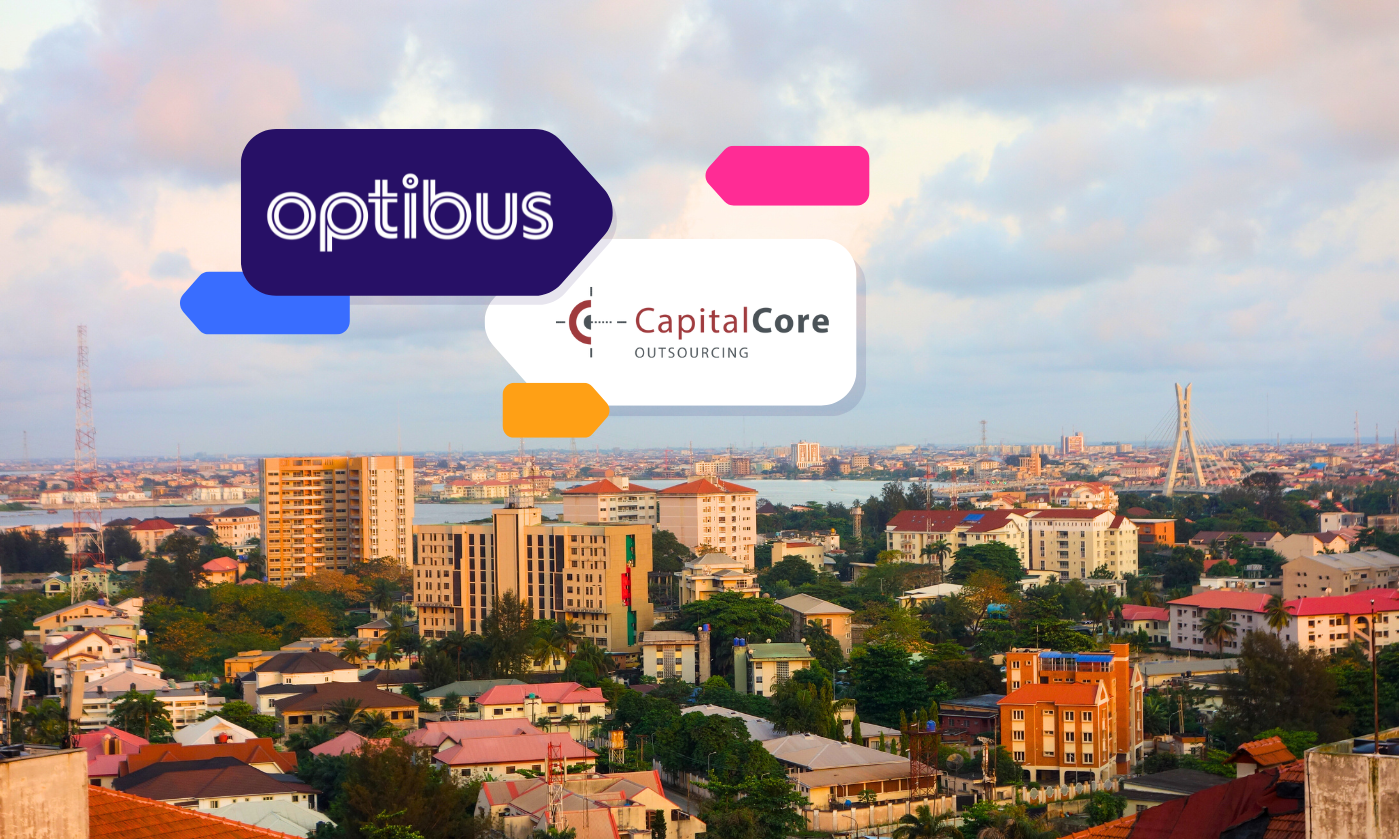Introduction
In the past several months, public transportation is facing a staggering amount of uncertainty. First, services were cut and ridership dropped. Then restrictions were eased and service changed some more. Funding, ridership and additional factors turned what was once a stable operation into a service that changes all the time. In this new world, agencies and operators must come to terms with a new reality: the reality of multiple scenarios.
In the world before Coronavirus, there were several constant truths: ridership was all-important, the metric that proved that the transportation service was worthy of the public’s trust. Funding was more or less constant. Another truth was that service and the resulting crew and vehicle schedules seldom changed. The absence of large changes is also due to the fact that planning and scheduling public transportation is notoriously difficult and requires a lot of work, expertise and technology as well as regulatory and/or public approval.
All this has changed. The sudden realization that service has to be reduced during the early lockdown phases has been replaced by the understanding that service is bound to change yet again, forcing the industry to come to terms with a new reality: there are going to be many service scenarios that need planning and scheduling, and this is going to impact how the industry uses technology and understands its operational results.
This blog will discuss several aspects of the need to change planning and scheduling often and the impact they have on current industry practices.
Making service reductions
What happened
When the Coronavirus hit, we heard a similar message from agencies all over the world. They needed to prepare for driver shortages. We were asked to help model service in case of two scenarios – 10% or 25% driver absenteeism, as a result of quarantines or infection. Early on, this was the initial concern in the industry – protecting bus drivers and dealing with the ramifications of crew shortages. Even before the virus, the issue of driver shortages was a core focus of many scheduling exercises, looking to reduce duties and roster rows. Yet, as lockdown approached and the need to reduce service became evident, the driver shortage concern became secondary.
Indeed, after the industry began disinfections, fare elimination and rear-door boarding, the main concern was how to cut service. Many agencies moved to some form of weekend service. Others cut service span, frequency and coverage, based on either ridership data or estimates as to the demand for their services when lockdown is in effect. At this point, making service changes solely based on driver shortages wasn’t the core need.




%20(1).png)

.png)